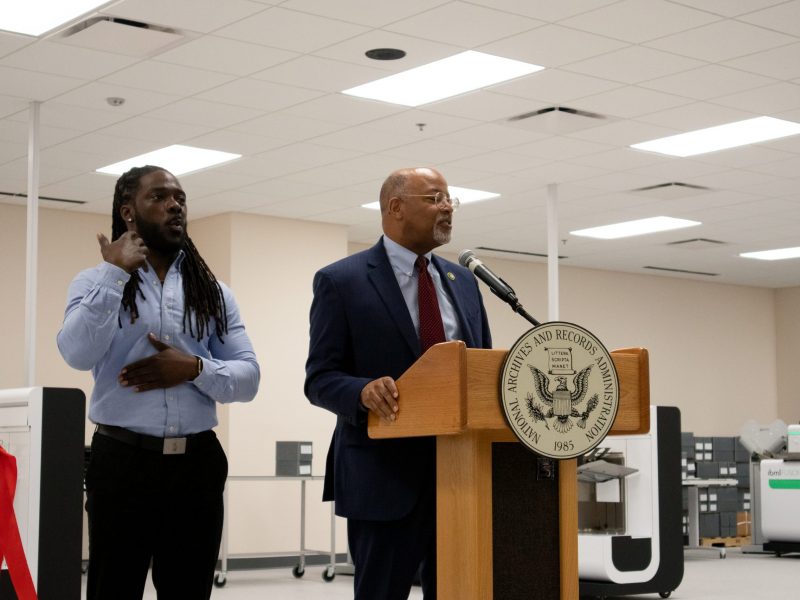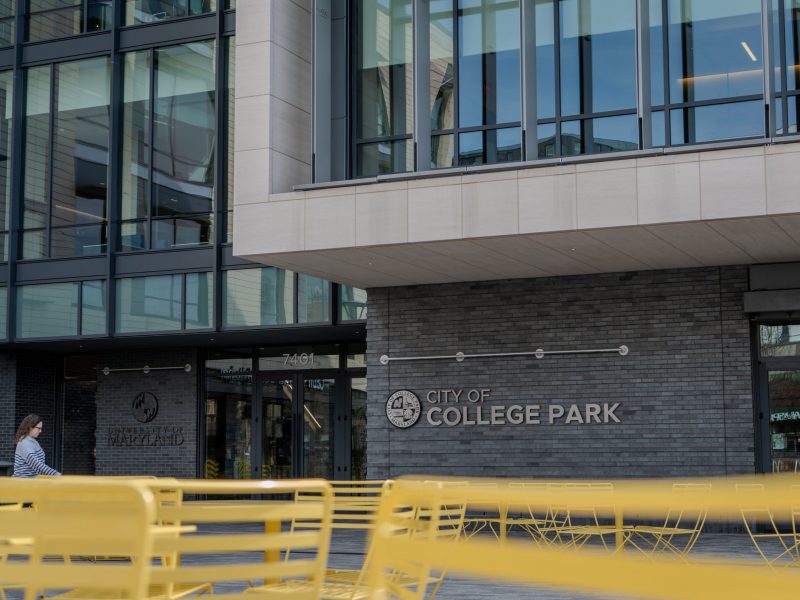By Mark Boyle
@thedbk
For The Diamondback
This fall, the University of Maryland’s DeVos Institute, which specializes in training arts managers and various organizations’ board members, will host “Generation Elsewhere: Art in the Age of Distraction.”
The four-part series, free and open to students and the public from October through December across the East Coast, will discuss technology’s impact on the arts industry and address how artists will react to the public’s decreasing attention span as technology’s influence on the human brain grows.
Attendance at various museums and arts performances has been dipping over the years, according to a National Endowment of the Arts survey that reported attendance for musicals and plays, for example, dipped 9 percent and 12 percent between 2008 and 2012, respectively.
Each part of the series will focus on a different subtopic of technology and arts, such as virtual reality, digital divides and audience expectations, and will be set in a different location: Washington, D.C.; Providence, Rhode Island; Cambridge, Massachusetts and a fourth that undetermined location. DeVos Institute President Brett Egan, in collaboration with technologist Sydney Skybetter and Tod Machover — composer, inventor, professor and head of the MIT Media Lab’s Opera of the Future group — will co-curate the debates, which will include leaders from the arts, neuroscience, policy and marketing.
“We anticipate there will be very significant differences of opinion where the field should go,” Egan said.
The way audiences engage with technology is changing the way they encounter the arts, Egan said. The concern is that this change alters the way the brain processes art, he added.
“When you take that 21st century brain and put it into the context of a performance setting that has not changed in many cases for centuries, some important questions arise,” Egan said, one being, “What impact will an infinite supply of low-cost, high-quality, on-demand digital surrogates — available without leaving home — have on today’s cultural institutions, which largely require audiences to gather at a specific time, in a specific place, behave in a specific way, and pay handsomely to do it?”
Since its founding in 2001 at the John F. Kennedy Center for Performing Arts in Washington, D.C., the DeVos Institute has served more than 1,000 organizations around the world, ranging from traditional performing and presenting organizations to glass-making studios and botanical gardens.
Its transition to this university in 2014 — it is still located, however, in D.C. — has given students access to discussions led by professionals in the field. Each year, Egan and his team, along with university leaders, pinpoint one serious trend or change in the environment that affects the arts. Last year was diversity, with discussions on how arts organizations of color in the U.S. are challenged today.
“We’re tinkering around the edges of this question and not taking significant steps toward answering the different questions which have evolved,” Egan said. “Does our business remain relevant to 21st century audiences?”
Some may not have the resources to keep up with the changing times, Egan said, giving the example of the live opera versus high-definition broadcast opera.
“Our hope is to provide a shot of adrenaline in that conversation,” he said. “We would like to see a brief on additional research that must be conducted to get to the bottom of these issues.”


